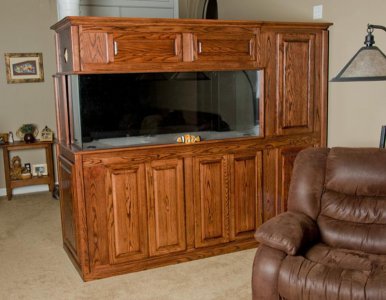thejuggernaut
Member
6" is a little small, and will limit your blade choices. a 7.25" is a more popular choice.
The blade I would recommend is:
http://www.diablotools.com//search?search=D0756N&submit=
They are $42 at HD. Not very expensive, but will give a good quality cut. Probably not good enough to joint, but will get you close.
http://www.homedepot.com/p/Diablo-7...lade-D0756N/202035231?N=5yc1vZc2jqZgeZ1z0sjn9
Everyone is right though. You will have a hard time getting a perfectly straight and accurate cut that way. I have a large 4X8 table, and clamp the material hanging over the edge. Clamp a straight edge and run the saw down it. I used some of those little adhesive felt feet that you put on furniture. I stuck them to the bottom of the saw so it won't scratch up the acrylic. I can then cut the smaller pieces up on a table saw, then finish them up on a router table. It is a process if you aren't set up for it, but isn't difficult. It just requires decent tools to get consistent results every time.
The blade I would recommend is:
http://www.diablotools.com//search?search=D0756N&submit=
They are $42 at HD. Not very expensive, but will give a good quality cut. Probably not good enough to joint, but will get you close.
http://www.homedepot.com/p/Diablo-7...lade-D0756N/202035231?N=5yc1vZc2jqZgeZ1z0sjn9
Everyone is right though. You will have a hard time getting a perfectly straight and accurate cut that way. I have a large 4X8 table, and clamp the material hanging over the edge. Clamp a straight edge and run the saw down it. I used some of those little adhesive felt feet that you put on furniture. I stuck them to the bottom of the saw so it won't scratch up the acrylic. I can then cut the smaller pieces up on a table saw, then finish them up on a router table. It is a process if you aren't set up for it, but isn't difficult. It just requires decent tools to get consistent results every time.

